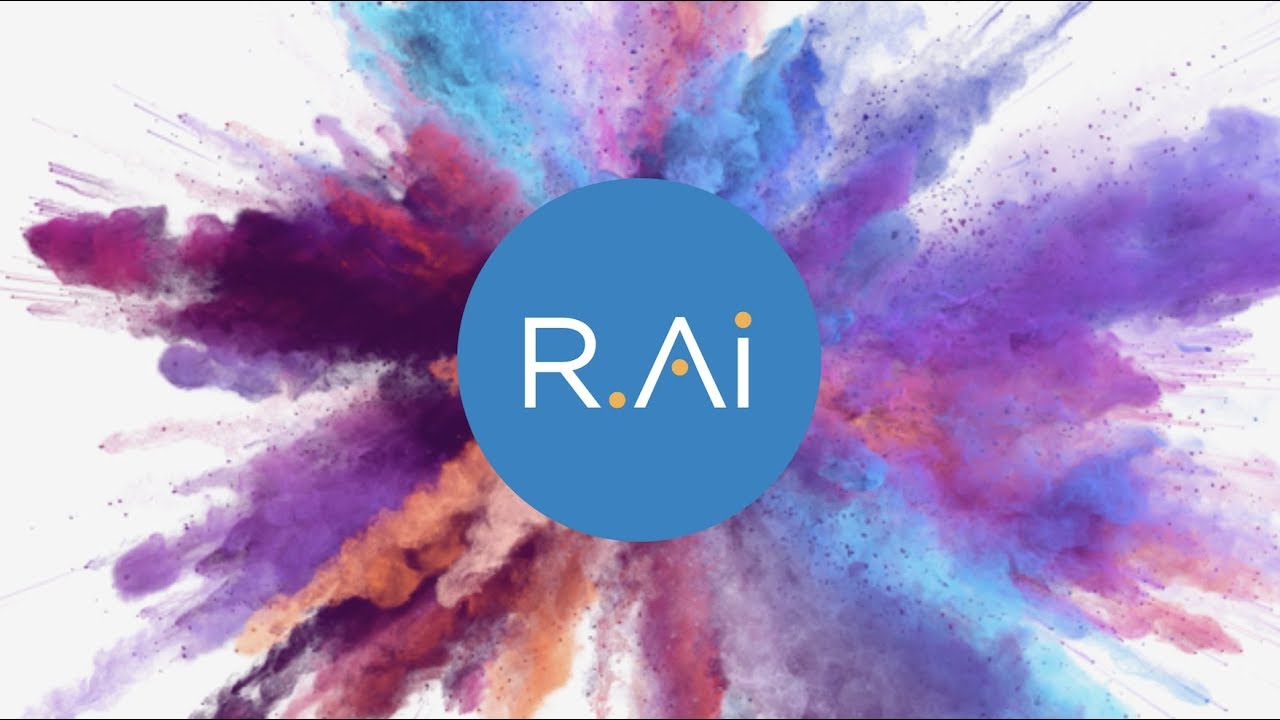The Nigeria’s Agency for Robotics and Artificial Intelligence: A few issues
As a believer in “tinkering,” in “Don’t Cross Your Bridges Before You Come to Them,” as well as a believer in the motives and the genuine efforts of the present Nigerian government to solve some of the biting problems of the country, you can be sure that I am totally in support of the establishment […]

As a believer in “tinkering,” in “Don’t Cross Your Bridges Before You Come to Them,” as well as a believer in the motives and the genuine efforts of the present Nigerian government to solve some of the biting problems of the country, you can be sure that I am totally in support of the establishment of the Agency for Robotics and Artificial Intelligence (RAI) in Nigeria. After all, this (Everyday Technology) column in Daily Trust has written extensively on a few aspects of Robotics and AI. Here is a sample of the articles: “The robots from Senegal” (May 29, 2017), “Deployments of facial-recognition technology in China” (17 July 2017), “Anti-dark skin bias of facial recognition software!” (19 February 2018), “Artificial Intelligence is the new technology frontier” (May 14, 2018), “Checkpoints for artificial intelligence software tools” (June 18, 2018), “Cambridge University, the leader in artificial intelligence research” (July 9, 2018), “Regulating the use of facial recognition technology” (July 16, 2018), and “America, please develop facial unrecognition technology” (May 20. 2019).
There are obviously many issues on ground already for the new agency, and there will be new challenges in accomplishing the missions of the agency and properly assessing its outcomes. Nonetheless, I am totally in support of the establishment of the agency. I will be writing two articles on this subject. In today’s, I will briefly discuss the challenges ahead for the agency. In next week’s article, I will try to proffer a few solutions. After all, focusing too much on problems at expense of the ways of solving them is often not too useful to anyone.
The first challenge I encountered regarding the formation of the RAI agency is the lack of articulation of the exact missions of the agency: knowing precisely what the agency will be charged to produce, and how the outcome will be assessed. A few questions come to mind: What is the starting operating point for the agency? We do not yet have local experts or university graduates who have been properly trained in these areas. So, what is the qualification of the average technical staff at the agency, and where will she come from? Or, wouldn’t there be technical staff at the agency because the agency is going to be mostly regulatory? Will the agency be training students, perhaps in a glorified technical school fashion, or will the agency be picking up the slack from the inadequate education received at the universities? Needless to say that, at the present time, no Nigerian university has the facilities and perhaps lecturer-knowhow to produce the kind of labor force required for effective RAI deployments (not toys), even though the lecturers may be very intelligent. (A distinction needs to be made between skill and ability in this regard.) Does the agency envision any public-private-partnership (PPP) contractual agreements?
So, the first challenge I have is not knowing the precise proposed outcomes, in a clear language, from the agency, and how the outcomes will be objectively and rigorously measured. While it is acceptable to not have all the issues ironed out before the agency is formed and becomes operational, it would seem appropriate to at least know what outcomes are envisioned, and how they will be measured.
The situation with electricity supply in Nigeria is obviously the elephant in the room. The developed world is preparing for the Fifth Industrial Revolution. Electricity supply is part of the First Industrial Revolution, and Nigeria still doesn’t have reliable power generation. How will Nigeria catch up, even if we allow for technology leapfrogging, and what is the impact of this gap on the ability of the proposed agency to function effectively?
We also need to be mindful of the variety of AI technologies. While robotics concerns robots – which are programmed machines for carrying out a series of mostly physical actions autonomously (or semi-autonomously) – are better understood, AI needs to be defined more precisely. In fact, what most people – experts and nonexperts alike – see as AI are not in the strict sense. For example, the technology behind facial recognition and self-driving cars, to name two examples, is not intelligent in the sense that it does not mimic the human thought process. Rather, we merely try to establish a match with something that is already stored in a database. True AI is exceedingly difficult, and this is not what you hear or read about in the news. There is a variety even within the context of data-driven AI. Besides facial recognition, you also have voice recognition in different languages, predictive modeling (or supervised learning), unsupervised learning, and so on. The new agency has the responsibility to define its (initial) scope of coverage – and the modality, even before it becomes operational!
In next week’s article, I will try to suggest a few resolutions of some of the issues raised in this article.
